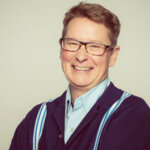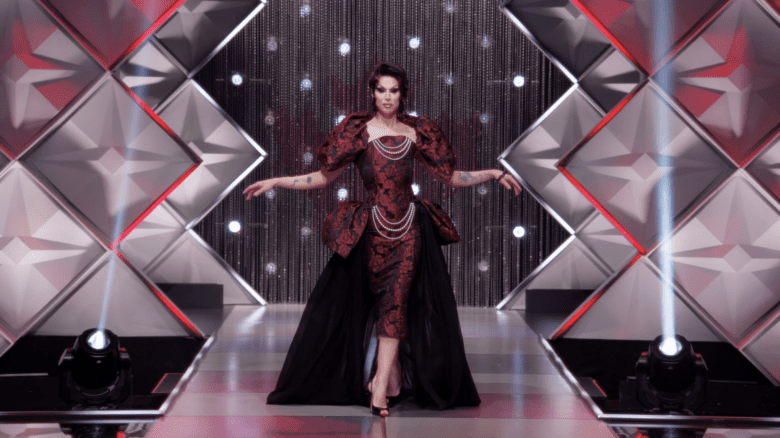In each issue, a prominent literary Canadian recommends a queer-authored book. In this installment, novelist Anne Fleming recommends Jane Rule’s Contract with the World (Insomniac).
Contract with the World, now in a handsome Insomniac reissue, was first published in 1980. I read it in 1983 or so. I was 19, newly out, and my lover had stolen Jane Rule’s terrific study Lesbian Images from the library.
While we made our way through Radclyffe Hall, Djuna Barnes and the gang, it was Jane Rule whose work we enjoyed most. Chris loved Desert of the Heart. I preferred Contract with the World. I loved that it was about not just a couple but a community. I loved its structure: six sections about people doing stuff: “Joseph Walking,” “Mike Hanging,” “Alma Writing,” “Roxanne Recording,” “Allen Mourning,” “Carlotta Painting.” I liked that it was not about being lesbian or gay, but integrated gayness. I think I liked, too, that it was about a group of grownups who were largely artists, who comprised the kind of community Chris and I imagined we might one day be part of.
After Jane Rule died in 2007, I decided to reread it, as a sort of private tribute. I was nervous after its having occupied a privileged place in my mental library so long. (Timothy Findley’s Not Wanted on the Voyage dropped from number one on my list to about 105, twelve years later.) My main reaction was, Holy crap! Have things ever changed! But yes, Contract with the World holds up better than Not Wanted on the Voyage.
Joseph is a sweet, gentle man who happens to be manic, and whose doctor prescribes walking 10 miles a day as a preventive measure. In this way he meets Allen, the gay photographer, out taking pictures early one morning and in need of a figure for a shot. Joseph’s photo lands on the cover of an art magazine that Joseph’s former schoolmate Mike sees, and Mike gets in touch with Joseph. Through Mike we meet Alma, his statuesque and distant wife; and through Allen we meet Roxanne, the lesbian sound artist who is friends with Allen’s lover, Pierre; and through Mike and Alma, we meet Carlotta, the bi-curious painter.
All of them turn 30 that year, and we follow them for another four or five years as chance, social forces and their own personalities shake them up. Macho Mike, crazy with a kind of impotence in his marriage, hangs himself in effigy. Alma, meantime, falls hard for Roxanne. Joseph marries newly bereaved Ann and finds himself the slightly bewildered stepfather of two daughters but doesn’t tell any of his friends. Carlotta has an affair with Mike.
If you step back from it, it’s a novel about the politicization of private lives (as you might expect from a novel that ends with all its main characters in a paddy wagon). It’s a marker of a hinge time between, say, Trudeau’s bedrooms of the nation (1967) and gay marriage (2005), a time just shy of the Charter of Human Rights (1982), a time when most people, including those in the book, don’t feel like they can be out, a time when being queer meant their children could be taken away.
Up close, it’s about a great deal more than that: art, ambition, lust, class, happiness, ‘70s fashions, Vancouver. And less: just getting on, day by day. Just living.

 Why you can trust Xtra
Why you can trust Xtra


